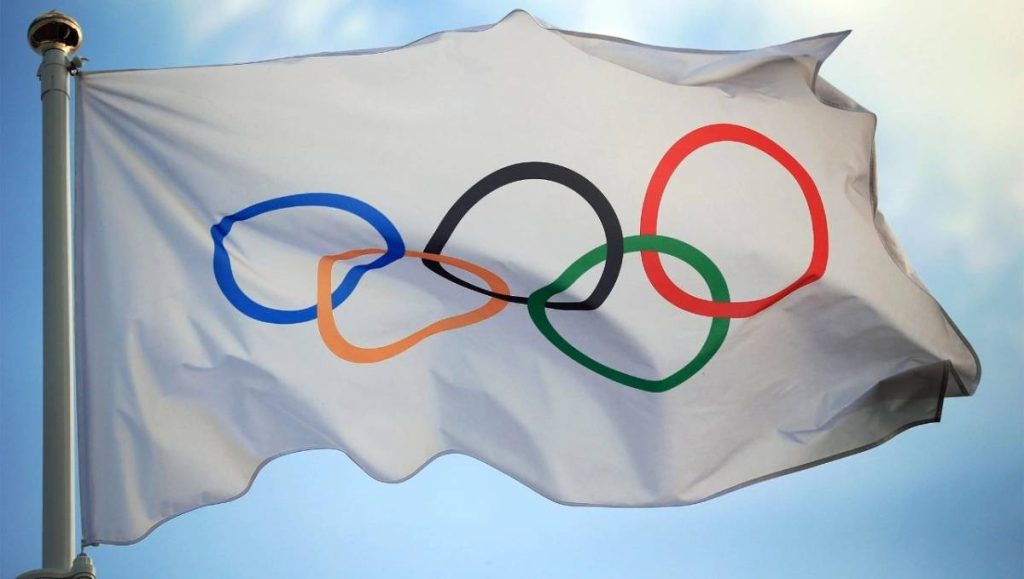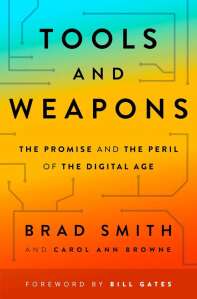Roy, whose large scale works talk about injustice and violence, says that as an art practitioner, his task is to capture the present political times…reports Sukant Deepak
In times which have witnessed an emergence of assertions of various types — tribal as well as environmental movements, Dalit movements, the farmers’ and anti-CAA-NRC protests, he feels that there are voices, who perhaps are not able to physically express their dissent, but are still not necessarily conforming to the system.
“The system, which appears well-oiled from the outside, is not actually as smooth as it projects itself. The cogs in the machine are not necessarily well-aligned, not just physically or visually, but sometimes even conceptually,” says artist Anupam Roy, whose exhibition ‘Broken Cogs in the Machine’ is being presented by Swiss Arts Council Pro Helvetia in collaboration with Foundation for Indian Contemporary Art at Vadehra Art Gallery (till August 5) in the national capital.
The artist says that the works in the exhibition attempt to capture the “brokenness” of our times and beyond our immediate present, the historical evolution of working-class subjects.
“We can no longer represent the worker as has been represented previously, for example in Soviet posters. ‘Brokenness’ is a conceptual proposition in how the subject of political change is being envisioned today. Through this exhibition, I have tried to conceive this proposition.”
Roy, whose large scale works talk about injustice and violence, says that as an art practitioner, his task is to capture the present political times.
He also creates propaganda material in cooperation with protests and political movements which are used at different protest sites, both physically and virtually.
“The scale of my work, therefore, differ depending on the medium of propaganda. Large works are made so that they are clearly visible from far away in protest sites. Within the space of an exhibition, however, the scale, medium and form of the work can vary. The mobile character of an image is important to a propagandist, and in that sense, the scale of my work is chosen from a utilitarian perspective.”
For someone who uses black textile pigment, distemper, ink, and watercolor on paper and cloth — all materials which are cheap and easily available, and have a mobile character of their own, he stresses that the works are in black and white because it makes them readily and economically reproducible in different formats and sizes.
“The form of my work is close to post-expressionist. This allows me to draw quickly, and helps me capture the “brokenness” in images.”
Adding that his 90-day residency in Switzerland, supported by Pro Helvetia proved to be quite engaging as he was able to communicate with different movements in that country and in broader Europe — racial politics and the politics of immigrants.

“My stay helped me understand the larger-scale migrant issue, and the politics of asylum and helped nurture trans-national solidarity in me. I got an opportunity to understand the new alternative art spaces within Europe, their ideas and implementations related to sustainability etc.”
With political wall graffiti in West Bengal serving as a major inspiration in his journey as an artist, in Roy’s art practice, his core interest is the relationship between land and labour.
“I make attempts to understand the history of every land and its contemporary politics. This constant inquiry into the relationship between land and labor creates my interest in regional landscapes,” concludes the artist.
ALSO READ-Jaishankar to convene all-party meeting on SL crisis








